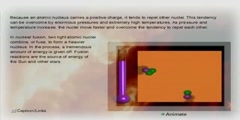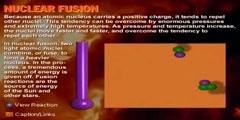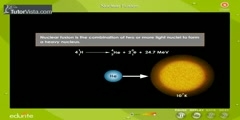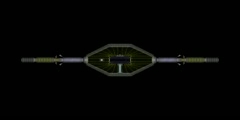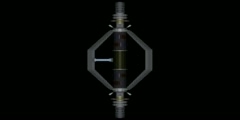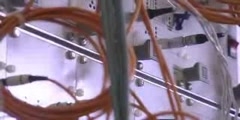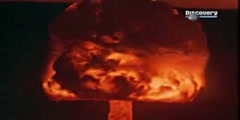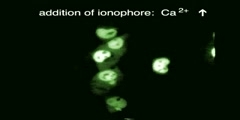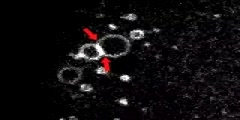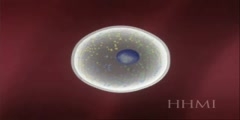Wendlestein 7X a revolutionary nuclear fusion machine
Creating a little bit of sun in a laboratory sounds exciting, but it might be possible. You probably didn't notice, but a few hours ago, the world took a huge step towards the goal of achieving clean, limitless energy through nuclear fusion. Nuclear fusion occurs when atoms fuse together at incredibly high temperatures and generate energy, and the reason scientists are so excited about it is because it has the potential to produce an almost-unlimited supply of energy from little more than salt water. This is the same process that's fuelled our Sun for the past 4.5 billion years, and is predicted to continue doing so for another 4 billion years./nUnlike nuclear fission, which powers today's nuclear power plants, nuclear fusion also doesn't produce any radioactive waste, and is a whole lot safer./nBut it's also been incredibly tricky for scientists to achieve, because it requires them to construct a device that can produce and control a 100-million-degree-Celsius blob of plasma./nThe key to controlling plasma is using superconducting magnets, and scientists have already built several working doughnut-shaped fusion reactors known as tokamaks./nBut there's a big problem with tokamak reactors – they can only maintain plasma for a maximum of 6 minutes and 30 seconds at a time, which isn't long enough to harvest significant energy. In other words, we've already been able to achieve nuclear fusion, but it consumed way more energy than it generated./nAnd this is why the launch of the stellarator is so exciting, because it's predicted that the device will be able to control plasma for an unheard-of 30 minutes at a time./nIn its first run, the machine was filled with helium – an unreactive gas – heated with a laser to around 1 million degrees Celsius. This plasma was maintained for around one-tenth of a second, which may not sound like much, but was enough to show the machine works./n"We’re very satisfied," said Hans-Stephan Bosch, who led the team. "Everything went according to plan."/nThe next step will be to increase the duration of helium plasma discharges, with the ultimate goal of building them up to 30 minutes in length. In January, the scientists will start trying to produce plasma from hydrogen, which is what would be used in a functioning nuclear fusion machine./nTo be clear, the point of W7-X has never been to produce energy. This device is simply a proof-of-concept to show that the stellarator concept actually works. If all goes to plan, the things we learn from W7-X will help us build the next-generation of stellarators, which could quite literally change the world, and end our reliance on fossil fuels forever. Or as this commenter put it so perfectly on YouTube: "Help us Wendlestein 7-X, you're our only hope."/nSkip forward to around the 23.30 mark of this live stream to see the scientists get super pumped when the machine produces plasma for the first time. What a time to be alive.
Channels: Interesting Science Physics (General) Particle physics
Tags: Wendlestein fussion
Uploaded by: admin ( Send Message ) on 11-12-2015.
Duration: 1m 21s
